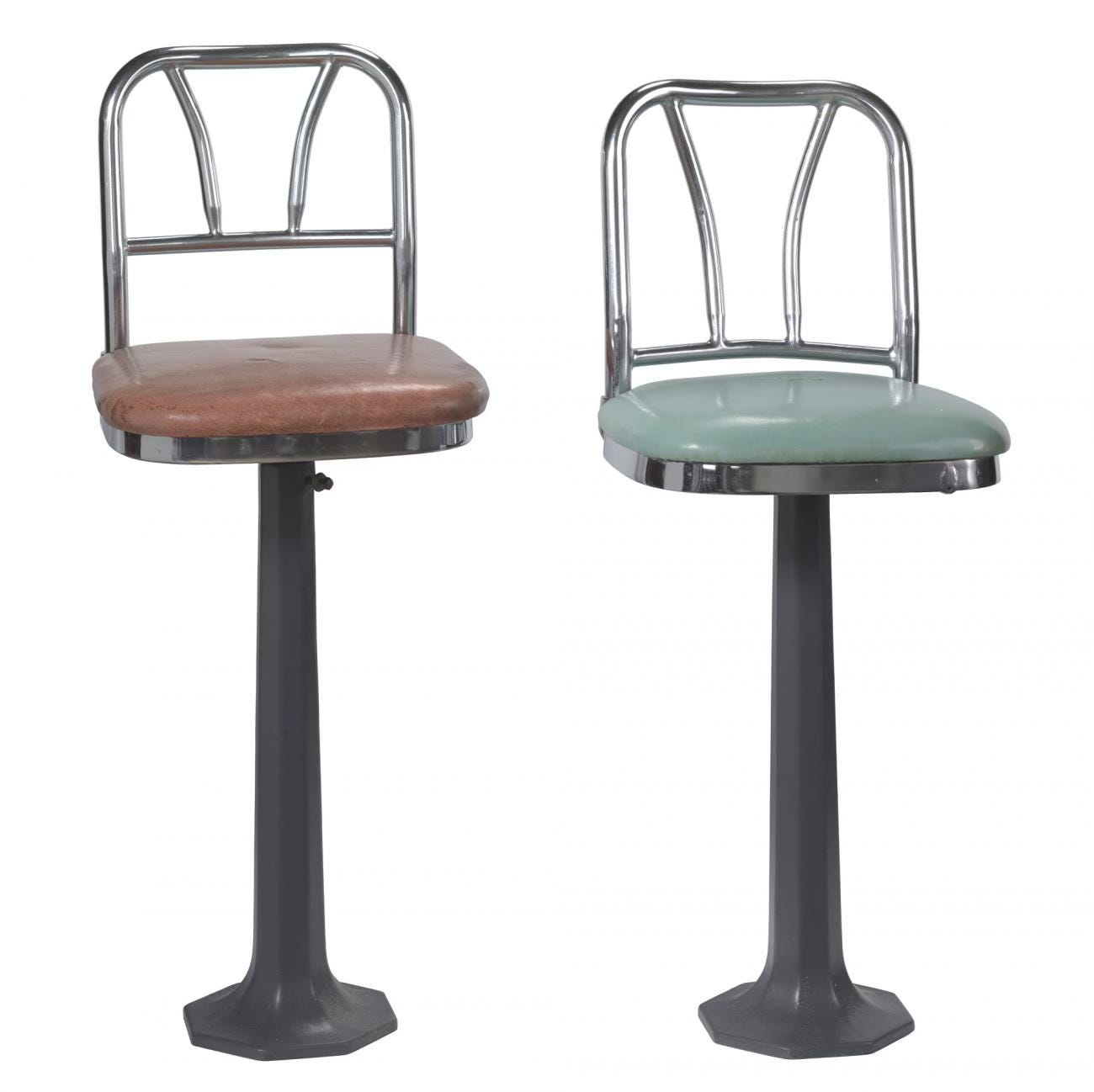Notebook: Monuments
History is not only written by victors, it is composed of what victors choose to preserve, and what they throw away
On Thursday, veteran Washington correspondent April Ryan reported on efforts she had heard about from sources to transport the Greensboro, North Carolina, Woolworth’s lunch counter exhibit out of the National Museum of African American History and Culture, and on a letter that Dr. Amos Brown, pastor of Third Baptist Church in San Francisco, had received informing him that a Bible and a volume of an early work of African American history were being returned to him by the museum. At the end of March the Trump Administration had issued an executive order vowing “remove improper ideology” (elsewhere in the order characterized as “corrosive” and “divisive”) from all the Smithsonian Institution museums and education and research centers and the National Zoo, and to “restore Federal sites dedicated to history, including parks and museums, to solemn and uplifting public monuments that remind Americans of our extraordinary heritage.” He charged a member of his staff, an attorney named Lindsey Halligan, who had advocated for taking on ideology in the national museums after touring a few of them on her arrival in the city, with “effectuating” these instructions, and Vice President J. D. Vance, in his capacity as regent on the Smithsonian board and President of the Senate, with overseeing budgeting and board appointments that align with the order’s goals. Although the Smithsonian is not administered by the executive branch—it receives most of its operational funding from Congressional appropriations and most of its exhibits are privately financed—as The Washington Post noted, “the order makes clear that the administration will find a way to punish the museums financially if desired changes are not enacted.”
The next day April Ryan in an update reported that she had received assurances that the Woolworth’s lunch counter, where four Black male students were beaten in Greensboro in 1963 for sitting in the whites-only area, launching the sit-in movement in the South that was formative in the nationwide civil rights movement, is not under threat (the Museum of African American History and Culture exhibits one of the two stools from the lunch counter in its holdings; the lunch counter itself is in the Smithsonian’s National Museum of American History). A Smithsonian representative told McClatchy news service that the museum’s loan agreement with Dr. Brown had expired and the items were being returned per standard museum practice.
Keep reading with a 7-day free trial
Subscribe to Book Post to keep reading this post and get 7 days of free access to the full post archives.

